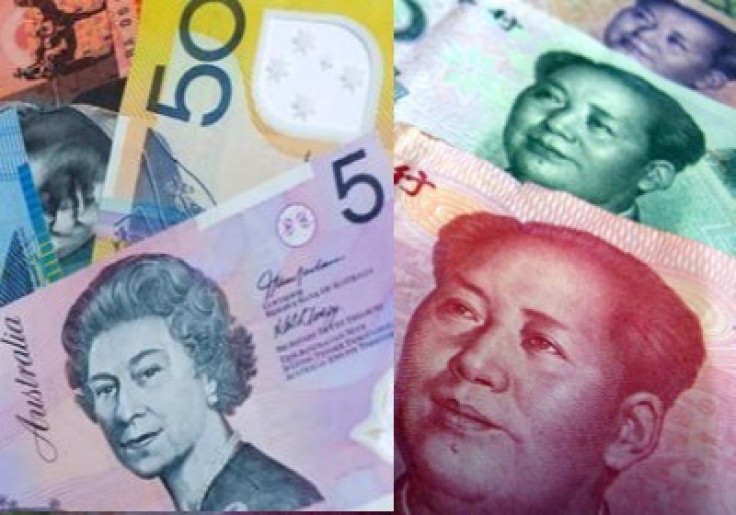Australian dollar back near six-year low as China stimulus hope wanes

The Australian dollar has fallen back near the multi-year low it hit in January as fresh signals from China indicated that it is unlikely to introduce additional stimulus measures.
The sharp rise in the greenback following the February jobs data surprise from the US and hawkish Fed remarks weighed the Aussie dollar further down.
The AUD/USD fell to 0.7632 on Tuesday, 10 March, just 6 pips away from the January low of 0.7626, which was its weakest since May 2009.
The Aussie dollar broke the key 0.8650 support in November last year and fell 11.5% in the three months to January. The AUD/USD pair was little changed at the February close of 0.7815 but has fallen 2.3% so far in March.
The Chinese government recently said that it has lowered the GDP growth target to around 7% for 2015 from 7.5% in 2014. The actual growth rate last year was 7.4%, a 24-year low for the country, but still the strongest among major emerging market economies.
"The lower target is credit positive because it underscores the administration's commitment to achieving a more sustainable but still high rate of expansion that does not jeopardize long- term macroeconomic stability through the buildup of excessive leverage," said Moody's Investors Service in a note.
The lower growth target signals that policymakers remain focused on rebalancing the world's second-largest economy and relying more on the private sector, Moody's said.
The rating agency added that favourable employment conditions in China will also give policymakers confidence that they can avoid resorting to extraordinary stimulus measures.
The latest consumer price inflation data further strengthened the view that China is less in need of any stimulus in the near future. The February CPI index rose to 1.4% from a year earlier from 0.8% in January, which was its lowest since late 2009, beating analysts' expectations of 0.9%.
Business confidence index falls
Meanwhile, data from Australia added to the Aussie bearishness. The NAB business confidence indicator fell to a 1-1/2-year low of zero in February from 3 in January while the business conditions index remained at 2.
Dallas Fed President Richard Fisher said on 9 March that the US should promptly end its easy monetary policy and press ahead with an interest rate hike, followed by a set of gradual moves higher. Fisher's comments came in his final speech as a policymaker as he is stepping down this month after 10 years at the US central bank.
Fisher has been a hawk for long even though the central view at the Fed was to keep rates at near zero since December 2008. The US central bank recently said that it was prepared to hike rates later this year, and the market is expecting it to happen sometime between June and September.
The US jobs data that came as a big positive surprise has added to the rate increase hopes. US non-farm employers added 295,000 jobs in February, up from 239,000 in January and beating market expectations of 240,000. The unemployment rate has fallen to a near seven-year low of 5.5%.
The USD index jumped 1.35% on 6 March to a new 11-year high of 97.65 and then extended the gains to 98.19 on 10 March. So far in March, the index has risen 3%, adding to the 20% rally since July through February.
© Copyright IBTimes 2024. All rights reserved.






